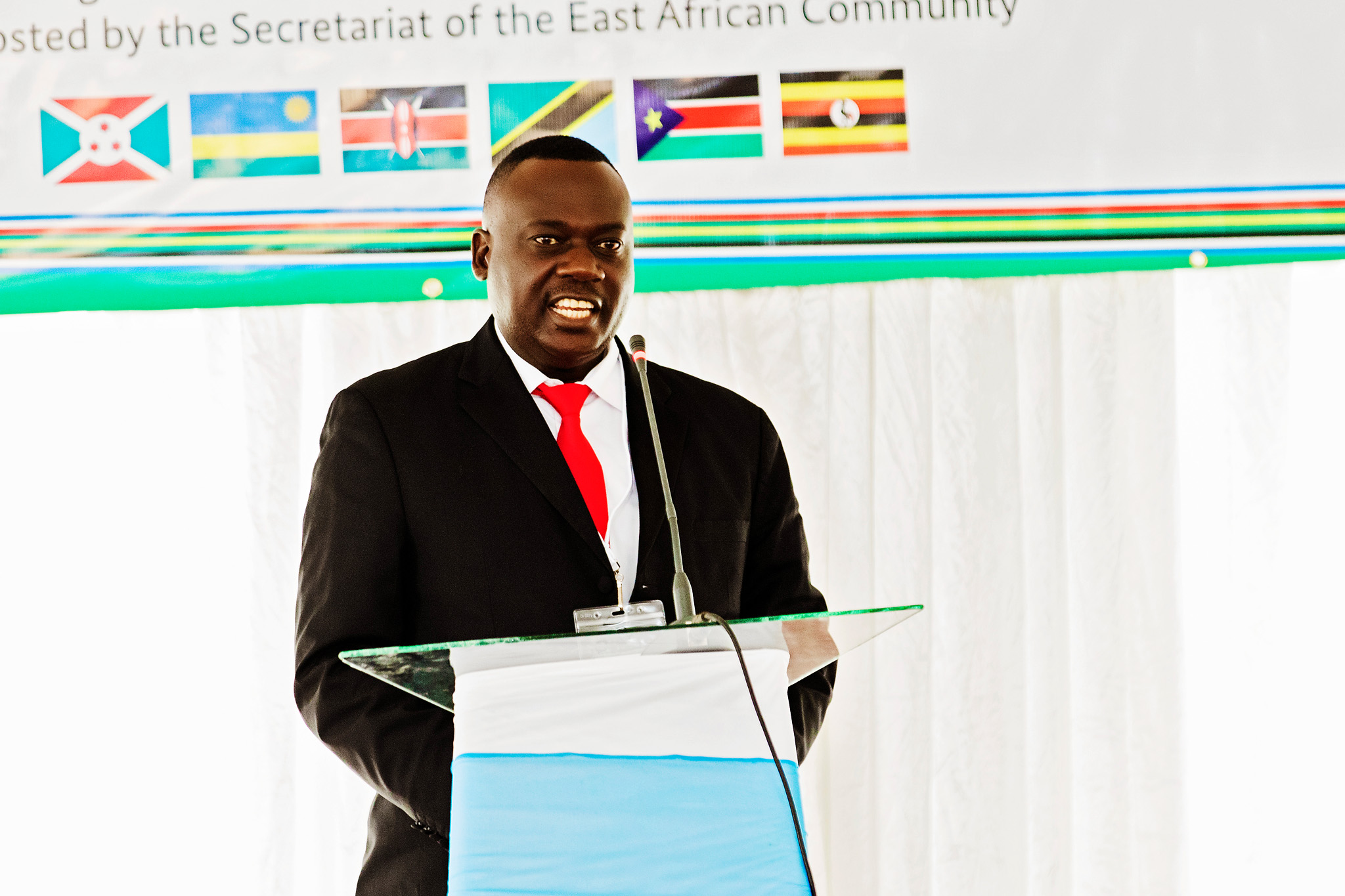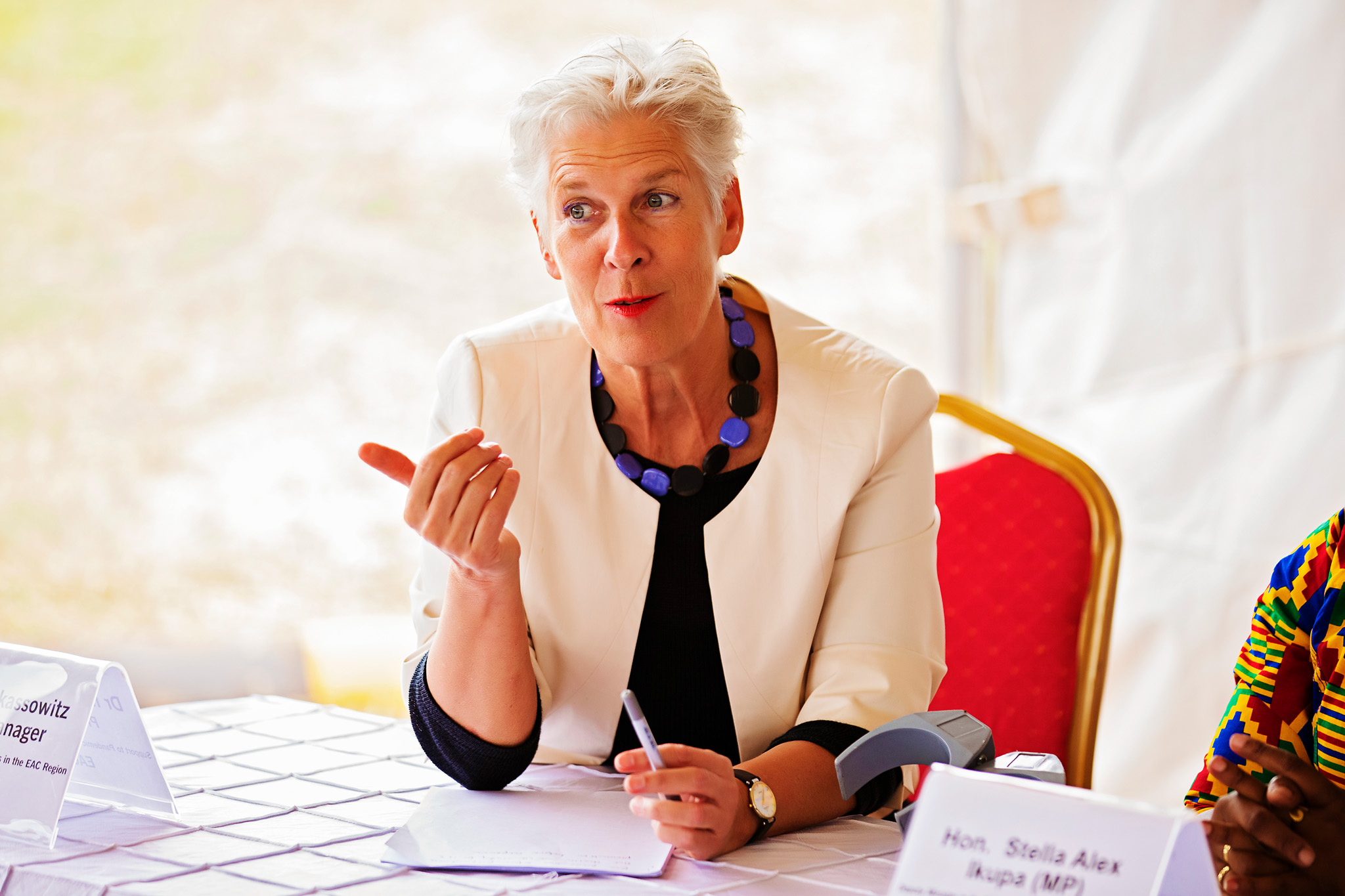EAC Cross-Border Field Simulation Exercises
The EAC region has experienced a number of outbreaks of infectious diseases in the past. These include Ebola, Rift Valley, Marburg and Crimean Congo Hemorrhagic fevers, Cholera, Polio, Hepatitis A and B and many more. Six out of ten are zoonosis, diseases which are transmitted between animals and humans. In order to prevent outbreaks that can jeopardize public health, economic stability and the lives and livelihoods of the EAC region, Partner States need to be prepared. Simulation exercises play a key role in analysing the state of pandemic preparedness and response capacities. They help to identify strengths and weaknesses and the necessary corrective actions.
Against this backdrop, the EAC Secretariat conducted a cross-border table top exercise (TTX) from 4 - 5 September 2018. A cross-border field simulation exercise (FSX) followed from 11 - 14 June 2019 at Namanga on the Kenya Tanzanian border. The exercise involved representatives from the EAC Partner States, especially from Kenya and Tanzania, and followed the One Health approach. The simulation aimed to assess both regional and national contingency plans and standard operating procedures, readiness and compliance with the International Health Regulations.
A simulation exercise is a form of practice, training, monitoring or evaluation of capabilities involving the description or simulation of an emergency, to which a described or simulated response is made. Simulation exercises can help to develop, assess and test functional capabilities of emergency systems, procedures and mechanisms.
Simulation exercises are training and quality assurance tools, which provide an evidence-based assessment for monitoring, testing and strengthening of functional capacities to respond to outbreaks and public health emergencies. As a training tool, they allow participants to learn and practice emergency response procedures in a safe and controlled environment. As a quality assurance tool, exercises test and evaluate emergency policies, plans and procedures. Simulation exercises play a key role in the development and implementation of preparedness and response capacities at all levels (national, regional, community and global) and have been identified as a key component in the validation of core capacities under the International Health Regulations monitoring and evaluation framework (2015).
The simulations were facilitated by the Deutsche Gesellschaft für Internationale Zusammenarbeit (GIZ) GmbH on behalf of the German Government through the “Support to Pandemic Preparedness in the EAC Region” (PanPrep) project. The World Health Organization (WHO) led and coordinated the process. Further, international organisations cooperated in the exercises to use joint forces and utilize synergies. A task-based Steering Group (SG) oversaw the preparations and an Exercise Management Group (EMG) designed, planned and implemented the exercise.
This page provides core documents and other materials related to the Table Top and the Field Simulation Exercises.
Documents
National Strategies and Plans
Cross-border Field Simulation Exercise Documents
National Strategies and Plans
Videomaterial
Highlights films on Cross border Field Simulation between Kenya and Tanzania, June 2019.
Diseases Do Not Respect Borders - A highlights film on Cross border Field Simulation between Kenya and Tanzania, June 2019.
The Role of Points of Entry in Pandemic Preparedness.
Speaking with One Voice -The role of risk and crisis communication in pandemic prevention and response.
Timothy Wesonga - My lessons learned from the field simulation exercise
Cross-border disease outbreak simulation exercise reinforces preparedness in East Africa
Managing Infectious Disease Outbreaks across sectors - the role of One Health in Pandemic Preparedness
Cross Border Field Simulation Exercise - Feedback from Participants
Photo Gallery




















